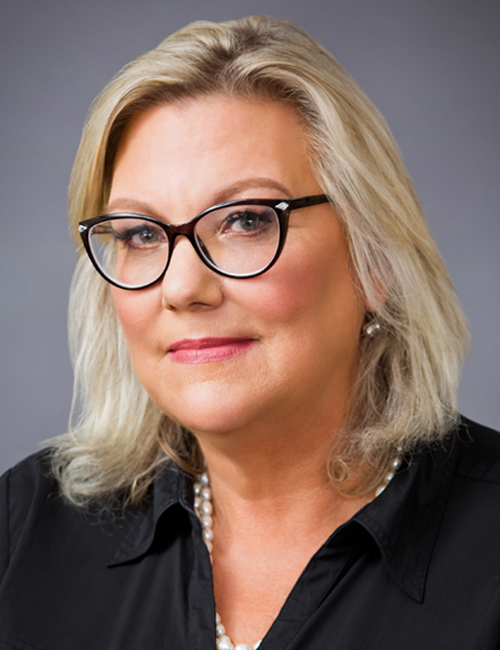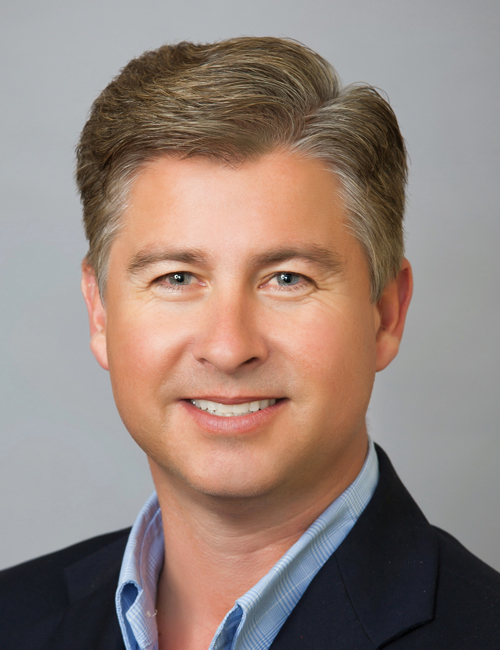



Boardwise is a forum for board members and superintendents across the state to share questions about governance and board-superintendent relations. Send your questions to boardwise@csba.org. This year, in addition to our column regulars, Deb Dudley; Steve Ladd, Ed.D; Arati Nagaraj; Luan Burman Rivera; Teri Vigil and Sepideh Yeoh, we are welcoming new consultants to the column. This issue introduces Dave Haubert, the former president and member of the Dublin Unified School District Board of Trustees for 10 years, and is also the city’s mayor. He currently serves as a faculty member for the CSBA Masters in Governance program. In addition, he provides training to new and experienced board members across the state through CSBA’s Orientation for New Board Members and Board Presidents Workshops.
Dear Boardwise,
How might we, as trustees, build community engagement to best serve the needs of our students?
One stellar engagement strategy was Moreno Valley Unified School District’s Parent Ambassadors program. The district’s grant-funded Parent Ambassadors are tasked with facilitating positive relationships between targeted parent groups within the community, the school sites and the district overall. At the school level, the ambassadors provide services such as supporting new parents, engaging with families with programs at community locations like the local public library and increasing attendance and engagement at site events. At the district level, this translates to increased knowledge of the strategic plan, Local Control and Accountability Plan and other district initiatives. This program has significantly grown community and parent engagement through relationship-building.
The positive influence of community and parent engagement can be seen in all students in all communities. Research shows that consistent community and parent involvement and engagement at all levels of the school have been shown to have significant short- and long-term benefits. There is evidence that children from low-income, culturally and racially diverse families especially have a lot to gain from their family’s and communities’ involvement in schools, and that the extent of family involvement in a child’s education may be more important to student success than family income or education. With these important benefits in mind, a focus on increasing community involvement programs and opportunities should be a consistent goal for your board.

Schools are the center of communities. Using public schools as hubs, we can engage our communities and bring together partners to offer a range of supports and opportunities to our student populations. These local partnerships that we cultivate can add much-needed resources to our limited base of supports. These relationships are important to all county and local districts, no matter the size or setting. The more supports and resources that we can provide for our students, the better prepared they will be when they graduate. As they say, “It takes a village” to ensure success for our students.
Dave: As Mayor and former school board trustee in Dublin, one of the fastest growing cities in California, I recognize how much our schools need help. This was true before the COVID-19 pandemic and even more so today. As elected leaders, we must all work together to ensure our schools have the resources they need to succeed. That’s why when dwindling state funding left our school district unable to afford the land it needed for new schools, I worked to broker a long-term, low-rate lease agreement for park space worth $70 million.
California’s public schools have been the proverbial “village” raising our children. Teachers, coaches and administrators act as surrogate parents. Classmates, sports teams and extracurricular clubs can be the family unit. For some, the school cafeteria is the main source of daily sustenance, the school health clerk the only medical attention received. Years of unfunded mandates coupled with too low per-pupil funding have taken a toll on California’s public schools.
But schools aren’t a charity. Instead, I say invest in schools because the success of each community is inextricably tied to the success of its public schools. Community rankings, satisfaction scores and home values are all highly correlated with the perceived quality of its public schools. In many ways, schools are a community’s most valuable asset. Local educational agency trustees should make their case to the community that investing in public schools brings good returns.
Schools have long relied on parent donations, nonprofit education foundations and local businesses to support programs. Absent more state funding, each community should look to local parcel tax and school construction bond measures. As a trustee, I was proud to support both a parcel tax and a bond measure. Trustees support these measures through endorsements, phone banking and walking neighborhoods. We raise money because we are committed to securing resources for a good cause. Ultimately, voters have a direct say in the accountability of these funds and benefit directly from the increased funding of our public schools. As Mayor, I was pleased to support reauthorization of both parcel taxes and school bonds.
Synergies with other agencies may also offer budgetary relief. Joint-use agreements to share assets like parklands as playgrounds or shared gymnasiums are good examples. Communities can find other ways to partner, such as after-school parks and recreation programs and shared library systems. Most cities cover the cost of crossing guards and school resource officers. The possibilities are endless.
The bottom line here (pun intended) is this: Schools are a community’s most valuable asset and should be treated by elected leaders as such. Let’s stop “donating” as if to a charity and start investing in our future.